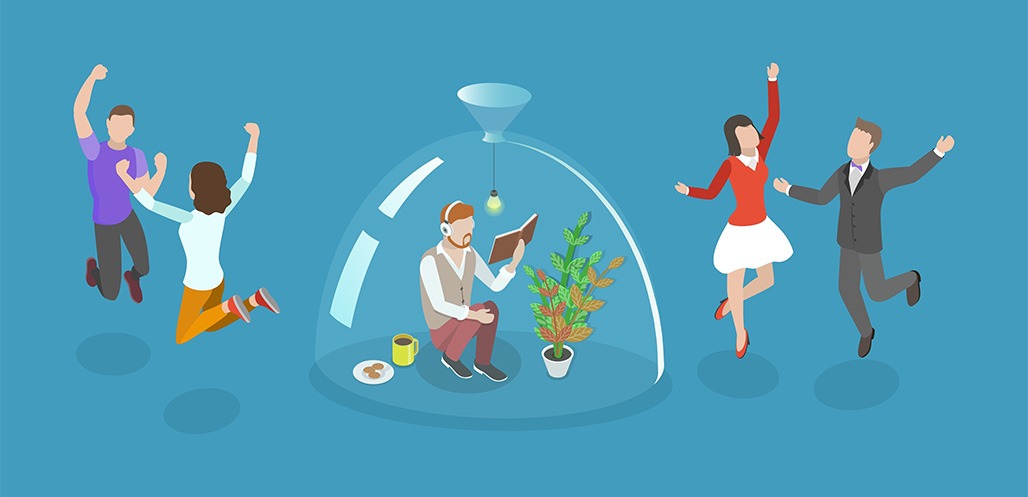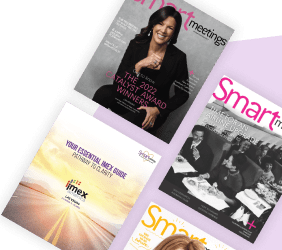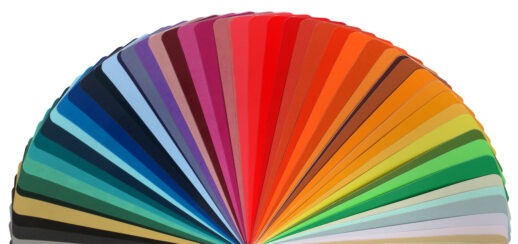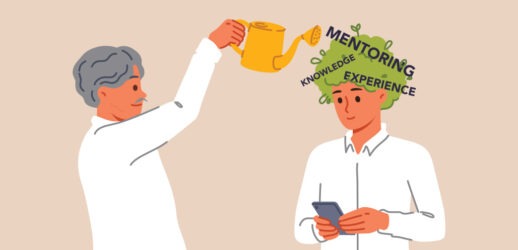For years, event professionals have catered to the extroverted majority—designing high-energy networking receptions, open collaboration hubs, and fast-paced, interactive programming. But what about attendees who find these environments exhausting? How can we create events that also meet the needs of introverts and ambiverts?
While the concept of an ambivert—the person who balances introverted and extroverted tendencies—has gained traction, the reality is that most people lean naturally toward one side of the spectrum. This distinction is particularly important for meeting planners who want to craft experiences that cater to all personality types.
Understanding the Needs of Introverts and Ambiverts
The core difference between introverts and extroverts lies in how they gain and expend energy. Extroverts thrive in social interaction, while introverts expend energy in these settings and require solitude to recharge. Ambiverts, often mistaken as a separate category, are typically introverts who have developed strong social skills or extroverts who occasionally need time alone.
Given that introverts make up a significant portion of any audience, failing to accommodate them means missing out on deep engagement, insightful contributions and meaningful networking opportunities. Event design should be intentional in creating spaces that allow all attendees to show up as their best selves.
Rethinking Event Design for Introverts and Ambiverts
How can we design events that support introverts and ambiverts while still fostering dynamic engagement? Here are key considerations:
Read More: Ditch the Labels, and Other Tips from a Maritz Event Design Strategist
1. Offer a Range of Networking Options
Traditional networking events—large, open rooms filled with small talk and rapid introductions—can be overwhelming. Instead, offer multiple ways to connect:
- Small Group Conversations: Host structured roundtable discussions or mastermind sessions for deeper conversations.
- One-on-One Networking: Utilize technology to match attendees for pre-scheduled, focused conversations.
- Asynchronous Networking: Create online forums where attendees can engage at their own pace.
2. Create Quiet Spaces for Recharging
Not every attendee will be energized by the constant buzz of an event. Designate quiet zones where introverts and ambiverts can take a break. Consider:
- Recharge Lounges: Comfortable, low-lit areas for attendees to reset.
- Solo Reflection Pods: Small, private spaces for quiet processing.
- Guided Meditation Sessions: Short mindfulness breaks to decompress before re-engaging.
3. Rethink Session Formats
Balance event programming with formats that work for all personality types:
- Facilitated Think Tanks: Smaller, structured discussions where attendees can contribute without speaking in front of large crowds.
- Pre-Event Polling and Q&A: Allow attendees to submit questions ahead of time.
- Interactive Workbooks: Provide tools for attendees to engage quietly before sharing insights in group settings.
4. Leverage Technology for Inclusive Engagement
Technology can serve as a bridge for introverts and ambiverts to engage in a way that feels natural to them:
- Event Apps for Engagement: Use apps with live polls, interactive Q&As, and discussion threads.
- Recorded Sessions: Allow attendees to rewatch sessions at their own pace.
- Digital Networking Extensions: Supplement in-person networking with digital connections.
5. Give Attendees Control Over Their Experience
One of the biggest stressors for introverts at events is feeling forced into overwhelming social settings. Consider:
- Color-Coded Badges: Indicate networking preferences (e.g., “Open to Conversations,” “Prefer One-on-One Chats,” “Observing”).
- Opt-In Participation: Let attendees choose their level of engagement in interactive sessions.
- Flexible Scheduling: Provide break periods and optional sessions for energy management.
The Business Case for Inclusive Event Design
Designing events with introverts and ambiverts in mind isn’t just about inclusivity—it’s also a strategic advantage. When introverts engage meaningfully, their depth of thought and unique insights contribute to richer discussions and more valuable networking.
Read More: Is Your Event Inclusive? Why Non-Alcoholic Drinks Matter Year-Round
By providing multiple pathways for engagement, event professionals can create meetings that ensure all attendees—regardless of their social energy preferences—can participate fully and leave feeling inspired rather than depleted.
The Future of Event Design
The events industry is evolving, and with it, attendee expectations. As we move beyond one-size-fits-all approaches, we must design experiences that reflect the diverse ways people interact, engage, and recharge.
Creating spaces for introverts and ambiverts isn’t about separating them from the main event—it’s about designing with intention, ensuring that every attendee can contribute in a way that aligns with their natural energy. When we do that, we unlock the full potential of our audiences and create events that leave a lasting impact.
For meeting professionals, the challenge is clear: Are we designing events that celebrate and accommodate the full spectrum of personality types? The answer will define the success of the next generation of industry gatherings.
—
 A raging introvert and tea enthusiast, Leanne Calderwood, CMP, helps thoughtful professionals create impact, not noise. As one of Canada’s top LinkedIn voices and an outspoken advocate in the meetings and events industry,, she empowers clients to own their brand and attract opportunities while staying true to their strengths. Leanne enjoys introverting at her home in Kelowna with her family and her dog Farls Barkley.
A raging introvert and tea enthusiast, Leanne Calderwood, CMP, helps thoughtful professionals create impact, not noise. As one of Canada’s top LinkedIn voices and an outspoken advocate in the meetings and events industry,, she empowers clients to own their brand and attract opportunities while staying true to their strengths. Leanne enjoys introverting at her home in Kelowna with her family and her dog Farls Barkley.
You can learn more about Leanne on her blog at leannecalderwood.com




